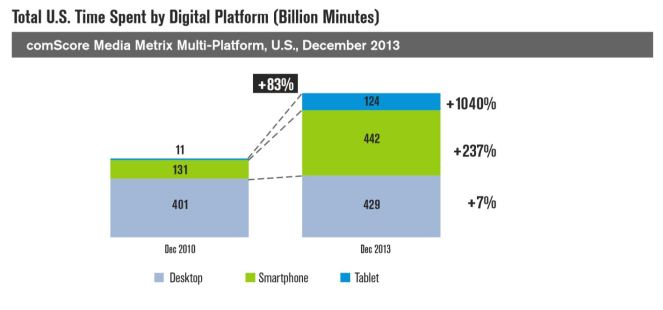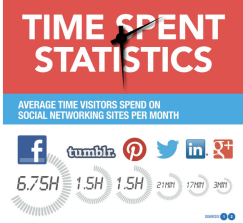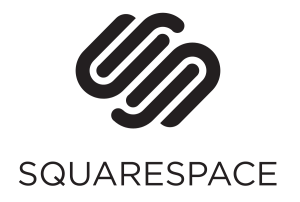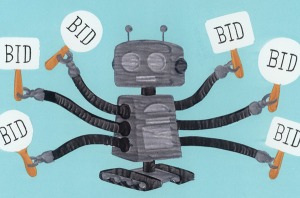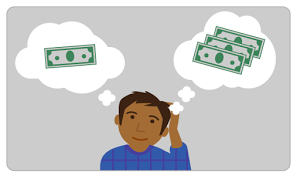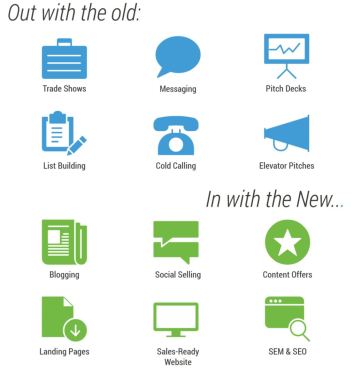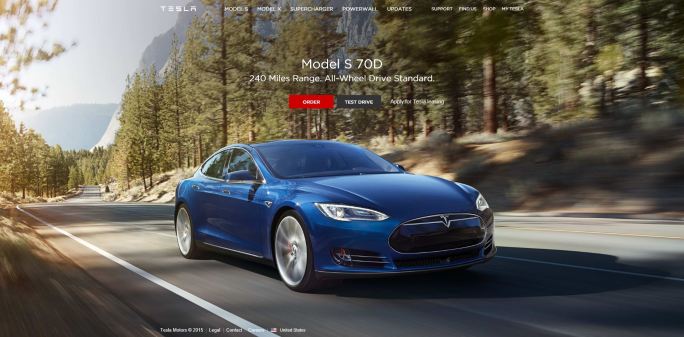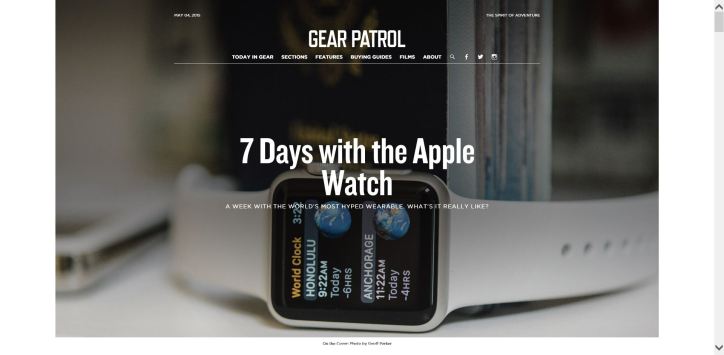From the start of this blog up to this point I have focused on 13 topics, all of them relating to Digital Marketing. They are topics that I have been learning throughout the past few months. However they are more than just topics, they are valuable tools that I have been trying to put into practice and develop in order to develop essential skills and knowledge than give me a foot up in the job market. Over the course of this blog I have written 6,434 words and had 87 views, with the most popular being my Inbound Marketing blog. As a student graduating in a few months a question inevitably comes up that I believe should be answered: “What can I do for you as your digital marketer?” –It’s hard to talk about yourself sometimes but that is what you have to do in an interview.
the past few months. However they are more than just topics, they are valuable tools that I have been trying to put into practice and develop in order to develop essential skills and knowledge than give me a foot up in the job market. Over the course of this blog I have written 6,434 words and had 87 views, with the most popular being my Inbound Marketing blog. As a student graduating in a few months a question inevitably comes up that I believe should be answered: “What can I do for you as your digital marketer?” –It’s hard to talk about yourself sometimes but that is what you have to do in an interview.
The first and most important foundational aspect in being a digital marketer is understanding the numerous facets of digital marketing.
Though the past few months I have developed a valuable understanding of these facets and been able to talk with industry leaders in each of these areas. Even though I may not be the most eloquent writer, or the most in depth expert on a certain topic, I can create and implement a digital marketing plan that covers every area of the digital realm. The tools that I have learned to help me with this are:
- Google Analytics Certification
- Hootsuite Certification
- Google AdWords Certification
I believe that these certifications show a drive and a passion in learning and cultivating ones intellect. They are not hard certifications to get, it just takes the time and patience to sit down and do them. After you have done them I see them as proof of a solid foundation. I don’t feel comfortable in all those software platforms but I know that I have some knowledge of how they function and it is a matter of using them for a little while in the real world- then I will become an expert. Commitment and curiosity are personality traits that I want people to recognize in me. People with these two traits will succeed in anything that they do.
Secondly, as a business, you want traffic to your website, conversions on your product and engagement with your content. (I can do that!)
All of these culminate to creating a community of customers that want to keep coming back. There are many technical aspects of digital marketing that can generate figures on effectiveness and engagement but there is a lot of psychology behind people’s decisions and what resonates with them. I believe that I am skilled in an area that some people forget about: a rounded skillset that goes beyond what is learned in a business program or an industry related internship. It incorporates hobbies and art and past work experience outside of the industry. Some people tend to focus on the current information that is being funneled to them without stepping back and making the connections to past experiences that may seem unrelated.
I have found this marketing class to be immensely impactful on my learning and preparedness for a career. Mark Staton has constructed it in a way that gives his students the resources and insight to develop their skills and retain what they have learned on a very high level. Something that he said multiple times was that his desire for the class was to develop students who could leave the class at the end of the quarter and start their own digital marketing company. His students have done this, and I feel as if I could also.
Aside from the skills that I developed throughout the course of this class, I have been able to implement some of them in my own semi-professional photography business and graphic design work. I see my knowledge and skills in graphic design![]() and photography as being a valuable resource for any one that is hiring me. Working at creating a website and creating beautiful infographics in order to engage people are all things that I have done this quarter that went beyond what I learned throughout the digital marketing course. However, the drive and principles behind them were principles that were foundational to the course.
and photography as being a valuable resource for any one that is hiring me. Working at creating a website and creating beautiful infographics in order to engage people are all things that I have done this quarter that went beyond what I learned throughout the digital marketing course. However, the drive and principles behind them were principles that were foundational to the course.


